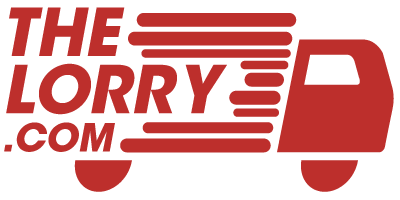When sharing confidential information about business with third parties, data rooms provide an impressive first impression than free file-sharing tools like Dropbox or Google Drive. They offer users with a user-friendly interface, customized branding and support for integration with existing IT systems and workflows. They also come with important security functions such as the ability to grant access to users in granular ways such as watermarking, audit trail and fence view, which are vital for ensuring compliance with industry regulations.
It is essential to have features that help users navigate through large volumes of documents quickly and locate the files they require. They provide folder structure, a clear labeling convention, indexing and version control, which allows users to quickly locate documents by referencing keywords or metadata. They can help save time and effort by automating the process of naming index numbers. This creates a logical map that users can follow when reviewing documents.
A data room can ease the review process, not only for investors, but also for other interested parties. Parallel document viewing and annotation capabilities allow multiple authorized users to view, read and make comments financial audit on documents in real-time. This improves productivity and speeds up turnaround times for documents.
A virtual data room is also able to simplify communication with key the stakeholders. It permits the creation a Q&A organized by topic. It also records questions and responses and tracks ongoing issues. This lets both the seller and buyer to resolve any issues efficiently and prevents information from being lost in the process.
